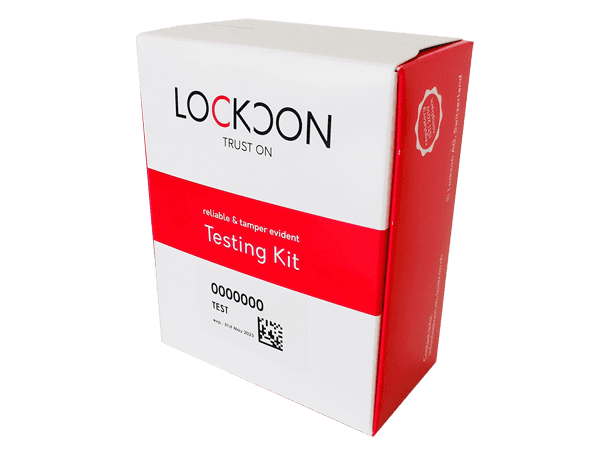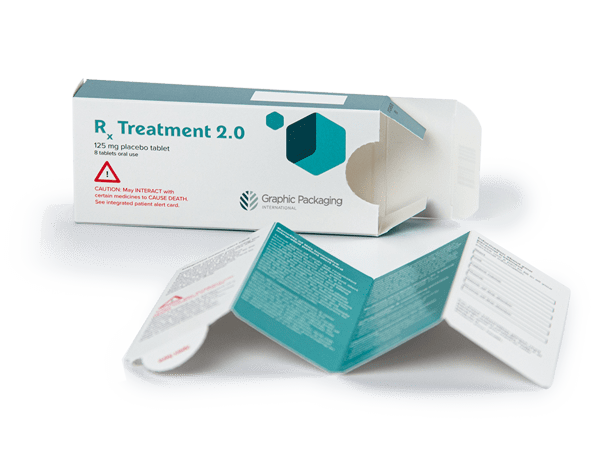article
Paperboard Packaging and the Future of Pharma, As Regulations Drive Patient Protection

What are the trends shaping our industry?
Many surveys have shown that consumers want to make more sustainable purchasing choices, a sentiment shared by patients in the pharmaceutical industry. Patients expect companies to help them do that by providing the right products in the right packaging.
In the European market, the EU’s proposed Packaging and Packaging Waste Regulation (PPWR) reforms mean that pharma packaging will be considered in-scope of packaging waste regulations for the first time.
Many healthcare companies are setting goals to introduce 100 percent recyclable or reusable packaging as part of their sustainability agenda. In the past, this topic has predominantly concerned consumer brands, but patient sentiment and legislation around the world mean the time is right for pharmaceutical and medical companies to take a closer look at including this in their future packaging strategies.
At the same time, drug treatments are becoming increasingly patient-specific, or designed to treat rare diseases. This has led to a demand for smaller lot sizes and, therefore, the number of short production runs will increase over the years. As such, packaging processes need to ensure individual information can be printed in highly efficient and automated ways (for example, specific language versions for countries with lower volume demands).
In the coming years, we expect to see self-administration solutions grow, which will have a significant impact on the packaging design and supply chain pr. Those products often combine a medical device, such as an auto-injector pen, with the drugs they administer in one pack which calls for advanced packaging engineering. A patient-centric approach to packaging design will be key to enhancing the patient experience and enabling accessibility for people with different physical needs or reduced motor capabilities.
Addressing the trends
These disruptive changes demand innovative packaging solutions that consider factors such as reducing weight, maximizing recyclability, or changing materials to incorporate more renewable or recycled content. Improving the circularity of packaging has been a critical topic in other industries for many years, and packaging companies must be able to leverage expertise across various market segments to transfer tailored innovations to the healthcare market.
This can include innovative new paperboard solutions that can offer equivalent performance to plastic. These materials can be used alone or combined with barrier coatings or films to create hybrid solutions. Additionally, advances in print finishes that allow PET metallized board to be replaced with printed metallic effects may improve pack recyclability.
Advances in coding
The need for secure pharmaceutical products is a guiding principle for the industry and the efforts to prevent counterfeiting are continuously developing.
Effective serialization is key., It must be flexible and able to accommodate longer and more complex coding requirements, including compliant EU codes, Chinese C128 codes, veterinary codes, and more country-specific formats, such as Italian Bollini labels. It also meets the demands of the most recent drug traceability specifications.
Anti-counterfeit solutions continue to develop, both in terms of covert and overt authentication methods, and more efficient marking and printing methods are being introduced that enable high-speed late-stage customization for smaller batch sizes.
Impact of the Packaging & Packaging Waste Regulations (PPWR)
The PPWR proposal (once approved in its final version) will be phased in from 2025. While there will likely be some amendments as the proposal makes its way into the statute books, the substance of the proposals is expected to remain the same, and the recyclability of pharmaceutical packaging will fall within the scope of packaging legislation for the first time.
This means healthcare packaging must be designed to facilitate efficient recycling and be easy to collect and sort into separate waste streams. It must also result in secondary material that is of sufficient quality to substitute for primary material. Paper-based materials are an obvious choice to help the industry rethink its secondary and tertiary packaging. They are already capable of being recycled at scale – 82.3 percent of fibre-based packaging is recycled in Europe, and 81 percent in the USA – and can easily meet Design for Recycling (DfR) criteria.


